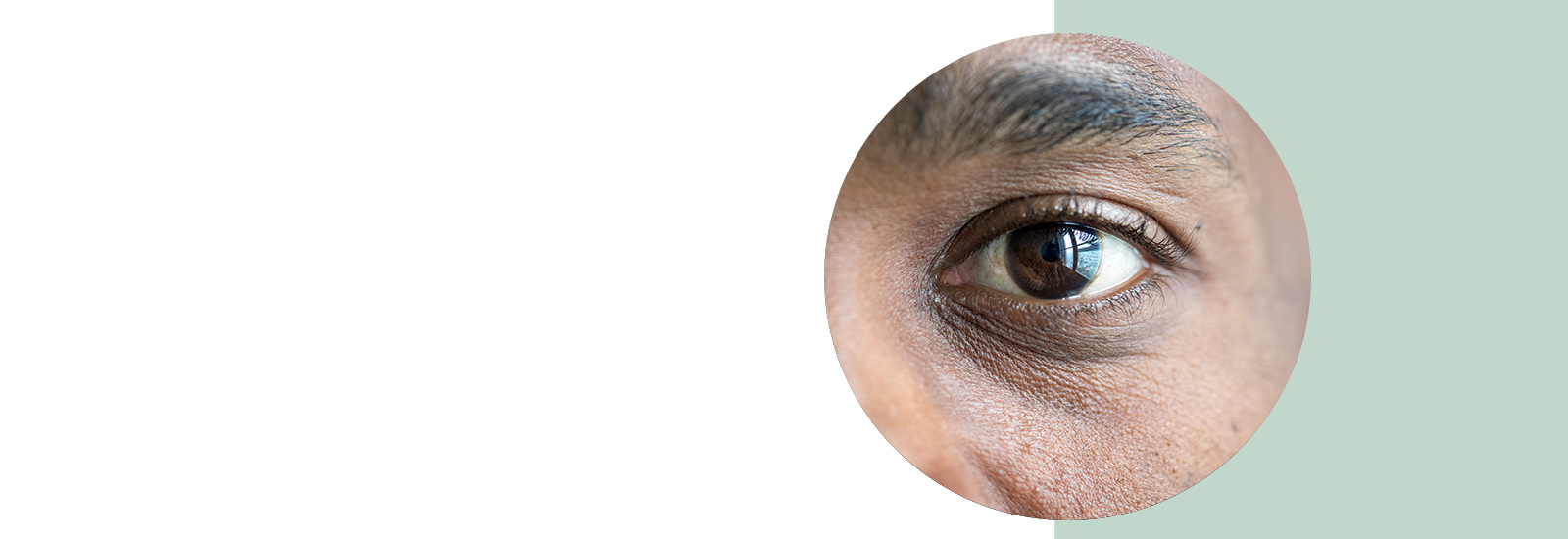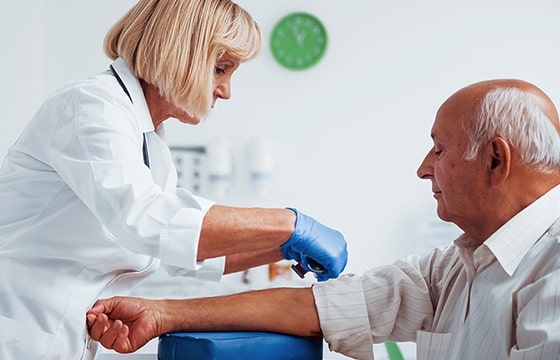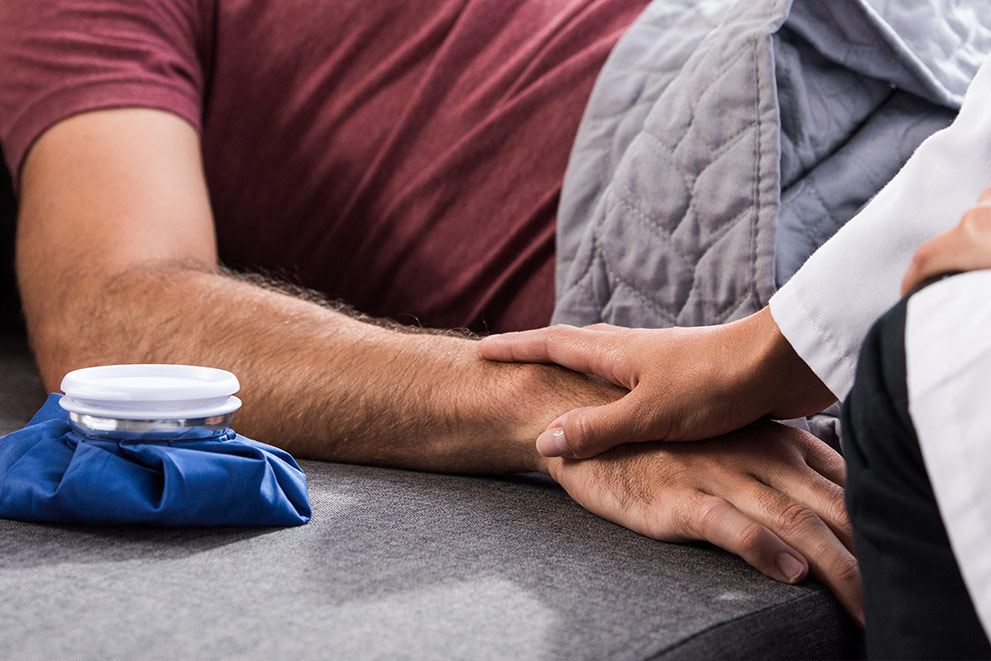- https:
//healthlibrary.brighamandwomens.org/Search/85,P07785 [last accessed November 2023] - https:
//www.mayoclinic.org/diseases-conditions/myasthenia-gravis/diagnosis-treatment/drc-20352040 [last accessed November 2023] - https:
//myasthenia.org/MG-Education/MG-Related-Disorders/Autoimmune-MG-and-Diagnostic-Tests [last accessed November 2023] - https:
//www.nhs.uk/conditions/myasthenia-gravis/diagnosis/ [last accessed November 2023] - https:
//myasthenia-gravis.com/types [last accessed November 2023] - https:
//www.ncbi.nlm.nih.gov/pmc/articles/PMC4278125/ [last accessed November 2023] - https:
//academic.oup.com/qjmed/article/112/5/381/5229602[last accessed November 2023] - https:
//www.brighamandwomens.org/neurology/neuro-ophthalmology/ocular-myasthenia-gravis[last accessed November 2023] - https:
//myhealth.ucsd.edu/conditions/pregnancy/multimedia/90,P02612 [last accessed November 2023] - https:
//www.ncbi.nlm.nih.gov/pmc/articles/PMC7393473/ [last accessed November 2023] - https:
//myasthenia.org/Newly-Diagnosed/For-Parents [last accessed November 2023] - https:
//www.chop.edu/conditions-diseases/myasthenia-gravis[last accessed November 2023]
Diagnosis of Myasthenia Gravis


Generalised Myasthenia Gravis (gMG)
Diagnosis
Myasthenia Gravis is a chronic autoimmune disorder where the body attacks its own neuromuscular system. As a result, the muscles don’t communicate properly with nerves.
As the condition affects the voluntary muscles such as those around the eyes, mouth and limbs, symptoms may look like other health problems. Your healthcare provider can help with a diagnosis if you are experiencing symptoms of MG and will properly assess you. They will walk you through your symptoms and ask you about your medical history. You may need to take a series of tests to support a diagnosis.
- Blood tests look for a high level of antibodies that may be present in people with MG
- Genetic testing checks for conditions like MG and may be used to rule out other conditions with similar symptomology
- Neurophysiological tests which may be used include:
- Repetitive nerve stimulation or nerve conduction studies, which use tiny electrical impulses to see how a muscle bounces back after repeated stimulation
- Electromyogram (EMG) tests, which measure the electrical activity of a muscle and can detect abnormal activity due to neuromuscular conditions
- Single-fibre electromyogram (SFEMG) tests, which record the transmission from nerve to muscle
- A body imaging scan such as a CT or MRI scan checks the thymus gland to detect if it is bigger than usual or has grown abnormally. A brain MRI scan is a neurological exam and will check that symptoms are not caused by issues in the brain
- To act as a guide during clinical decision-making, healthcare providers may perform a short and specific assessment known as the ice test (or ice pack test) to measure whether a patient with Ptosis (droopy upper eyelid) can determine sensitivity
- Edrophonium testing is used when the picture is unclear. Healthcare providers will only recommend this test if it is necessary, due to the risks involved
Find out more


Ocular Myasthenia Gravis
Diagnosis
Ocular means “eye.” In Ocular Myasthenia Gravis, the muscles around the eyes that control the eyes and lids are weak and can become tired with use. Symptoms include drooping eyelids and double vision.
To confirm if these symptoms are related to Myasthenia Gravis, your healthcare provider will perform a series of diagnostic exams, including the ice pack test. Your healthcare provider will place an ice pack over the eyelids for several minutes to check for symptoms such as drooping eyelids. If the ice pack temporarily improves the eyelid drooping, it’s an indication that you have Ocular MG. Your healthcare provider may wish to carry out further tests to help confirm a diagnosis. A blood test is quite normal and will help to tell your healthcare provider the antibody levels in your blood. In patients with Ocular MG (who have visual symptoms only) blood tests can have a lower accuracy. Further testing may be necessary if a test result is negative.
Find out more


Transient Neonatal Myasthenia Gravis (TNMG)
Diagnosis
Your healthcare provider may need to carry out a physical examination of your baby, and conduct further tests to determine whether the child has Transient Neonatal MG (TNMG). A nerve study (EMG/NCS) is a conduction study measuring the electrical activity of a muscle group or groups. The test can detect abnormalities in electrical muscle activity. Further tests such as a Tensilon or Edrophonium test may be carried out – these use a small amount of a drug administered through an IV. Blood tests may also be necessary, and even a genetic test, which can help determine more about the condition for people who have other types of MG running in the family.
Find out more


Juvenile Myasthenia Gravis (JMG)
Juvenile MG is a rare form of Myasthenia Gravis that usually begins before age 18. Because it is so rare, many healthcare providers have never seen a case, so it may take time to receive a proper diagnosis. Symptoms are typical to those seen in adults - such as eyelid drooping, weakness in the limb muscles, or difficulties eating and swallowing. Some children experience other symptoms, including shortness of breath, tiring easily, or clumsiness.
Healthcare providers may use a comprehensive physical exam to help them diagnose Juvenile MG. A blood test can confirm whether antibodies are attacking the nerve-to-muscle connections. With children typically lacking antibodies at a young age, this test is not always conclusive. If the results are negative, further tests may be necessary to determine JMG. A Nerve Stimulation Test will evaluate the communication between nerves and muscles. A Tensilon test may indicate the presence of the condition by assessing a child’s muscle strength - improving symptoms for a brief period. The drug Edrophonium is administered through an IV infusion and briefly stops the antibodies from destroying acetylcholine - temporarily supporting the muscles. A further test is an electromyography nerve study (EMG), which measures the messages between the nerves and muscles, focusing only on the electrical signals that the body uses to transmit messages. A CT scan or an MRI scan can help with the planning of your child’s treatment. By taking images of your child’s chest, a specialist will be able to exclude the presence of a Thymoma (a rare tumor).
The outlook for younger patients with Juvenile MG is good. With proper treatment and care, your child can lead a full life.
Find out more
- Find out more about the treatments available for Juvenile MG
- Living with Juvenile MG can mean coping with uncertainty. Tips to help you control your child’s symptoms day to day
Testing for MG
If you are concerned about anything you have read in this article, please seek advice from your healthcare provider.
References


